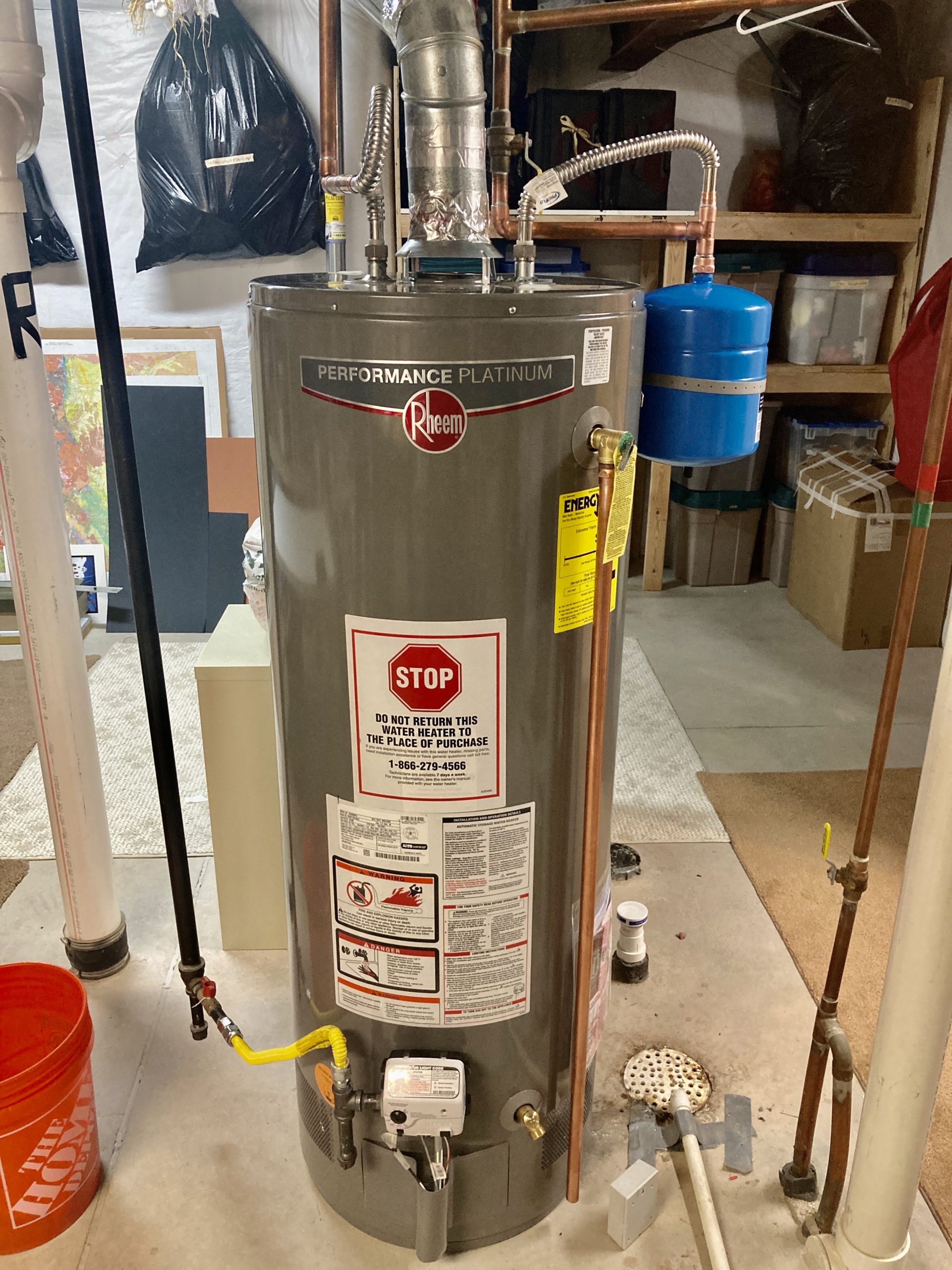Step-by-Step Guide to Maintaining Your Home's Hot Water SystemExpert Advice on Maintaining Your Home's Hot Water System
Step-by-Step Guide to Maintaining Your Home's Hot Water SystemExpert Advice on Maintaining Your Home's Hot Water System
Blog Article
This post directly below on the subject of Tips For Maintaining Your Hot Water Heater is rather enlightening. You should take a look.

Warm water is vital for everyday comfort, whether it's for a revitalizing shower or cleaning meals. To ensure your hot water system runs efficiently and lasts longer, regular upkeep is vital. This write-up supplies useful pointers and understandings on exactly how to maintain your home's warm water system to stay clear of interruptions and costly repairs.
Intro
Keeping your home's warm water system may seem challenging, yet with a couple of easy steps, you can guarantee it runs efficiently for many years to come. This overview covers whatever from comprehending your hot water system to do it yourself maintenance tips and recognizing when to call in specialist assistance.
Importance of Keeping Your Hot Water System
Normal upkeep not only expands the life expectancy of your warm water system but additionally ensures it runs effectively. Neglecting upkeep can bring about reduced efficiency, greater energy costs, and even early failure of the system.
Indicators Your Hot Water System Demands Maintenance
Understanding when your warm water system needs attention can stop major concerns. Look out for indications such as irregular water temperature, odd noises from the heating unit, or rusty water.
Purging the Water Heater
Purging your water heater gets rid of sediment buildup, boosting efficiency and extending its life.
Checking and Changing Anode Rods
Anode rods protect against corrosion inside the container. Inspecting and replacing them when worn is crucial.
Complicated Concerns Requiring Expert Aid
Examples consist of major leakages, electrical issues, or if your water heater is continually underperforming.
Routine Expert Upkeep Conveniences
Specialist maintenance can include comprehensive assessments, tune-ups, and making sure conformity with safety and security criteria.
Checking and Readjusting Temperature Level Setups
Readjusting the temperature level setups makes certain optimal performance and security.
Do It Yourself Tips for Upkeep
You can perform a number of upkeep jobs yourself to keep your hot water system in top condition.
Checking for Leaks
Routinely evaluate pipelines and links for leakages, as these can bring about water damage and higher bills.
Understanding Your Warm Water System
Prior to diving right into maintenance tasks, it's valuable to recognize the basic elements of your warm water system. Generally, this consists of the water heater itself, pipes, anode poles, and temperature controls.
Regular Monthly Upkeep Tasks
Regular regular monthly checks can help capture small problems prior to they rise.
Evaluating Stress Relief Valves
Examining the pressure safety valve ensures it works correctly and stops too much stress build-up.
Protecting Pipes
Protecting hot water pipelines decreases warmth loss and can save power.
When to Call a Professional
While DIY upkeep is valuable, some problems require professional experience.
Final thought
Regular upkeep of your home's hot water system is necessary for effectiveness, durability, and cost savings. By adhering to these ideas and understanding when to seek expert help, you can ensure a reliable supply of warm water without unanticipated disturbances.
How to Maintain an Instant Hot Water Heater
Before tinkering with your hot water heater, make sure that it’s not powered on. You also have to turn off the main circuit breaker and shut off the main gas line to prevent accidents. Also turn off the water valves connected to your unit to prevent water from flowing into and out of the appliance. 2. When you’re done, you have to detach the purge valves’ caps. These look like the letter “T” and are situated on either side of the water valves. Doing so will release any pressure that has accumulated inside the valves while at the same time avoid hot water from shooting out and burning your skin. 3. When the purge valves’ caps are removed, you have to connect your hosing lines to the valves. Your unit should have come with three hoses but if it didn’t, you can purchase these things from any hardware or home repair shops. You can also get them from retail stores that sell water heating systems. Read the user’s manual and follow it to complete this task properly. When the hosing lines are connected, open the purge port’s valves. 4. You should never use harsh chemical cleaners or solutions when cleaning your unit. Make use of white vinegar instead. It should be undiluted and you’ll probably use about 2 gallons. 5. Now flush your water heater. This task should probably take about 40 minutes. We can’t give you specific directions for this because the procedure is carried out depending on the type, model and brand of your heater. With that being said, refer to the user’s manual. 6. When you’re done draining the unit, you have to turn off the purge port valves again. Remove the hosing lines that you earlier installed on each of the water valves. Put the valve caps (purge port) back in their respective places and be very careful so as not to damage the rubber discs that are found inside these caps. 7. Now that everything’s back in place, check your user’s manual again to find out how to reactivate your water heating system. 8. Once it is working, turn one of your hot water faucets on just to let air pass through the heater’s water supply pipes. Leave the tap on until water flows smoothly out of it. https://www.orrplumbing.com/blog/2014/september/how-to-maintain-an-instant-hot-water-heater/

I am very interested in Tips on Maintaining a Water Heater and I hope you enjoyed the entire post. Sharing is caring. You never know, you might be helping someone out. We love your readership.
Call Today Report this page